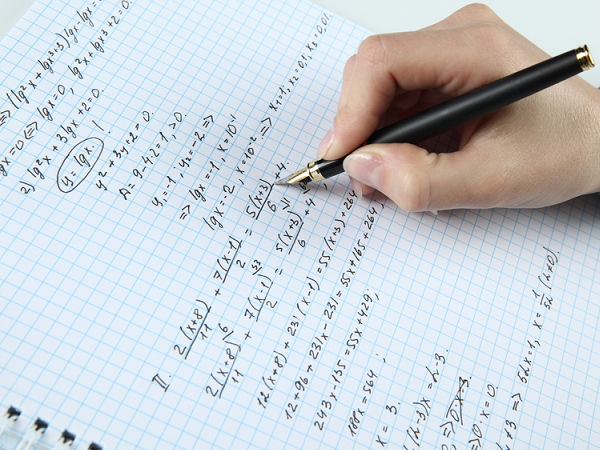Instruction
1
To calculate the limit, you must determine what is the function at the point corresponding to the limit value of the argument. In some cases, the problem has a finite solution, and assign a value towards which a variable, gives the uncertainty of the "zero zero" or "infinity to infinity". In this case the rule applies, derived Bernoulli and l'hospital's, which involves taking the first derivative.
2
Like any other mathematical concept, the limit may contain under its sign function expression is too cumbersome or inconvenient for a simple lookup. Then you must first simplify it using usual methods, for example, grouping, making the total multiplier and the change of variable, in which changes and limits the value of the argument.
3
Let's consider an example to make the theory more clear. Find the limit of the function (2•x2 – 3•x – 5)/(x + 1) when x approaches 1. Make a simple substitution:(2•12 – 3•1 – 5)/(1 + 1) = -6/2 = -3.
4
You are lucky, the function expression has meaning if this limit value of the argument. This is the simplest case of calculating the limit. Now solve the following problem, which featured an ambiguous term of infinity:lim_(x→∞) (5 - x).
5
In this example, x tends to infinity, i.e. constantly increasing. In the expression the variable appears with a negative sign, therefore, the more the value of the variable, the more decreasing function. Therefore, the limit in this case is equal to -∞.
6
The rule of Bernoulli-l'hospital's:lim_(x→-2) (x^5 – 4•x3)/(x3 + 2•x2) = (-32 + 32)/(-8 + 8) = [0/0].Differentiate the expression for the function:lim (5•x^4 – 12•x2)/(3•x2 + 4•x) = (5•16 – 12•4)/(3•4 - 8) = 8.
7
Replacement variable:lim_(x→125) (x + 2•∛x)/(x + 5) = [y=∛x] = lim_(y→5) (y3 + 2•y)/(y3 + 3) = (125 + 10)/(125 + 5) = 27/26.
